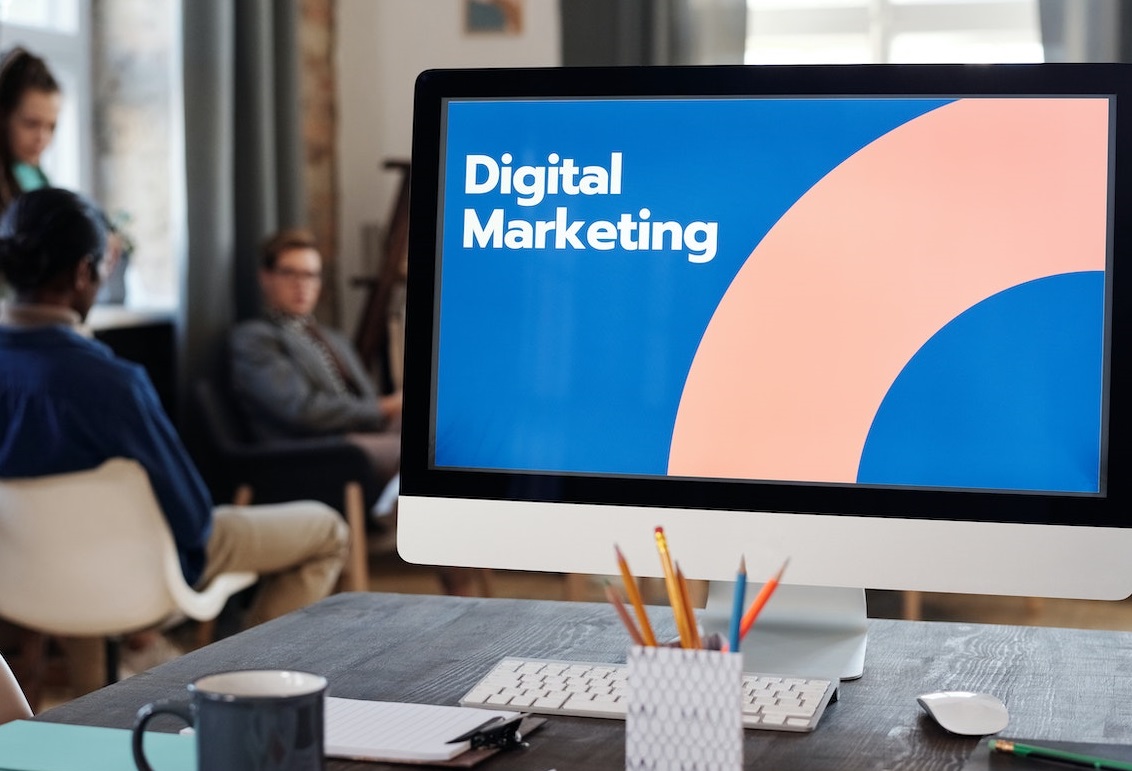Digital marketing has become an essential component of modern business operations, enabling organizations of all sizes to reach their target audience more effectively and efficiently. However, with so many different channels, tools, and tactics available, it can be challenging to optimize your digital marketing strategy and achieve the best results. In this article, we will discuss ten tips for optimizing digital marketing for all businesses, regardless of their size or industry.

Identify Your Target Audience
The first step in optimizing your digital marketing strategy is to identify your target audience. This involves understanding who your ideal customers are, what their needs and preferences are, and where they spend their time online. By understanding your target audience, you can create more targeted and effective digital marketing campaigns that resonate with your audience and drive engagement.
Develop a Comprehensive Content Strategy
Content is king in digital marketing, and developing a comprehensive content strategy is essential to achieving success. This involves creating content that is tailored to your target audience’s needs and preferences, and that is optimized for search engines. Your content strategy should include a mix of different content types, such as blog posts, videos, infographics, and social media posts, and should be designed to drive engagement and conversions.
Optimize Your Website
Your website is the cornerstone of your digital marketing strategy, and optimizing it for search engines and user experience is critical to driving traffic and conversions. This involves ensuring that your website is fast, easy to navigate, and mobile-friendly, and that it is optimized for the keywords that are most relevant to your business.
Leverage Social Media
Social media platforms such as Facebook, Instagram, Twitter, and LinkedIn are powerful tools for reaching your target audience and driving engagement. By creating compelling content and engaging with your followers, you can build brand awareness and drive traffic to your website. It’s important to choose the platforms that are most relevant to your target audience and to be consistent in your posting and engagement.
Use Email Marketing
Email marketing is another effective tool for reaching your target audience and driving conversions. By building an email list of interested prospects and customers and sending them targeted and personalized emails, you can drive engagement and build relationships. It’s important to focus on providing value to your subscribers and to segment your list based on interests and behavior.
Invest in Search Engine Optimization (SEO)
Search engine optimization (SEO) is the process of optimizing your website and content for search engines such as Google, Bing, and Yahoo. By focusing on relevant keywords, creating high-quality content, and building high-quality backlinks, you can improve your website’s visibility in search results and drive more organic traffic to your website.
Utilize Pay-Per-Click (PPC) Advertising
Pay-per-click (PPC) advertising is another effective way to drive traffic to your website and generate leads and conversions. By bidding on relevant keywords and targeting your ads to specific audiences, you can reach your target audience at the right time and drive conversions. It’s important to optimize your ads for maximum relevance and to test different ad variations to find what works best.
Measure and Analyze Your Results
Measuring and analyzing your digital marketing results is essential to optimizing your strategy and achieving the best possible results. This involves tracking key metrics such as website traffic, engagement, conversions, and ROI, and using this data to make informed decisions about your strategy. It’s important to use tools such as Google Analytics and social media analytics to track your performance and to make adjustments as needed.
Focus on User Experience
User experience (UX) is critical to the success of your digital marketing strategy. By creating a seamless and intuitive user experience across all of your digital channels, you can improve engagement, reduce bounce rates, and increase conversions. This involves focusing on factors such as website speed, navigation, mobile responsiveness, and the overall design of your digital properties.
Continuously Test and Improve
Finally, it’s important to continuously test and improve your digital marketing strategy to achieve the best results. This involves experimenting with different channels, tactics, and messages, and using data to inform your decisions. By adopting a data-driven approach to digital marketing, you can identify areas for improvement and make continuous improvements to your strategy.
Conclusion
Optimizing digital marketing is essential to achieving success in today’s digital landscape. By identifying your target audience, developing a comprehensive content strategy, optimizing your website, leveraging social media, using email marketing, investing in SEO and PPC advertising, measuring and analyzing your results, focusing on user experience, and continuously testing and improving your strategy, you can create a powerful and effective digital marketing strategy that drives engagement, conversions, and revenue for your business.


